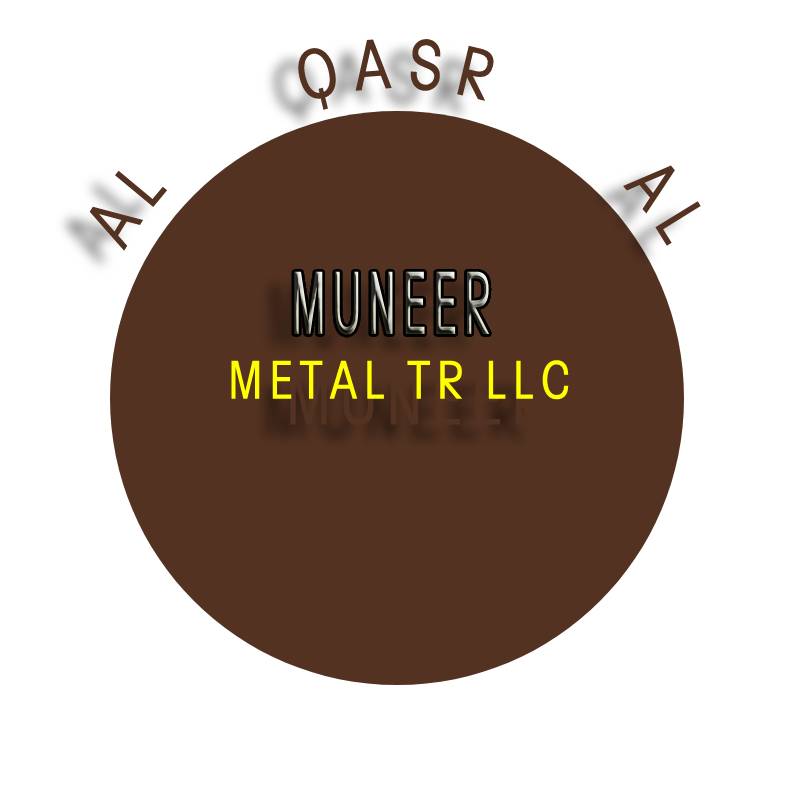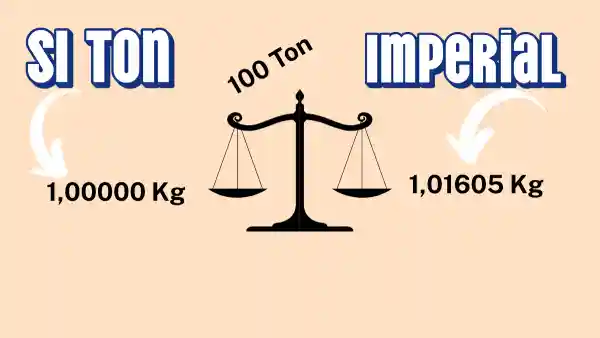Metric Ton vs Imperial Ton: Understanding the Difference
The terms metric ton and imperial ton may sound similar, but they refer to two different units of mass from distinct measurement systems. Confusing them can lead to major miscalculations in industries such as shipping, construction, and trade.
For example, 100 imperial tons equal 101,604.69 kilograms, while 100 metric tons equal exactly 100,000 kilograms. This highlights the weight difference between the two systems, which becomes more significant in large-scale applications such as shipping, logistics, and international trade.
Convert metric ton to Imperial ton
Convert metric ton to kg
convert ton imperial to kg
Convert metric ton to lb
Convert imperial ton to lbs
Mt meaning in weight
The metric ton, officially known as the tonne, is a unit of mass in the metric system, also called the International System of Units (SI). One metric ton equals exactly 1,000 kilograms or about 2,204.62 pounds.
It is the standard unit used globally in scientific, commercial, and everyday applications in most countries including the European Union, Canada, Australia, and many others. The term mt means in weight a measurement equal to one metric ton, commonly used in trade and industrial contexts.
What is an Imperial Ton?
The imperial ton, also referred to as the long ton, belongs to the imperial system of measurement. It equals 2,240 pounds or approximately 1,016.05 kilograms. This unit was historically used in the United Kingdom and is still found in certain sectors such as maritime transport and rail freight.
Key Differences in metric ton vs imperial ton
The most noticeable difference is the mass itself. A metric ton is slightly lighter than an imperial ton. The metric ton is part of a globally recognized and standardized system, whereas the imperial ton is less common and primarily used in specific contexts within the UK and its historical domains.
Why the Difference Matters for metric ton vs imperial ton
In industries that rely on accurate weight measurements, such as logistics, engineering, and international trade, knowing the difference between a metric ton and an imperial ton is vital. Using the wrong unit can result in errors in cost, capacity, safety, and compliance.
Metric System in the UAE and Other Countries

The metric system, also known as the International System of Units (SI), is the official measurement standard in the United Arab Emirates. It is used across all sectors including trade, construction, healthcare, education, and transportation. Units like kilograms, meters, and metric tons (mt) are consistently applied in commercial and scientific activities.
This system is also followed in countries such as Australia, Canada, Germany, and most Asian and African nations, ensuring global consistency in measurement.
Imperial System in the UK and Select Regions
The imperial system is still partially used in the United Kingdom, where certain measurements like miles for road distances, pints for beverages, and pounds for body weight remain common in everyday life. However, the UK also uses the metric system for official, scientific, and commercial purposes.
The imperial system is traditional and region-specific, making it important for international businesses to understand both systems for effective communication and operations.
Conclusion
In today’s interconnected world, understanding the difference between the metric ton vs imperial ton is crucial for accurate communication, especially in international trade, logistics, construction, and industry. The metric ton, also known as the tonne, is part of the globally recognized International System of Units and equals exactly 1,000 kilograms.
It is widely used across the majority of countries, including the United Arab Emirates, Europe, Australia, and much of Asia and Africa. Its consistency and alignment with the metric system make it the preferred choice in modern commerce and scientific work.
In contrast, the imperial ton, sometimes referred to as the long ton, weighs approximately 1,016.05 kilograms and is still used in specific contexts within countries like the United Kingdom and certain industries in the United States. While it serves traditional and local needs, it is not the international standard.
Choosing the correct unit of measurement—metric or imperial—based on regional practices and business requirements is essential. It helps prevent miscalculations, ensures clarity in documentation, and maintains consistency in cross-border transactions. Awareness of these units not only improves precision but also enhances professionalism in global operations.

